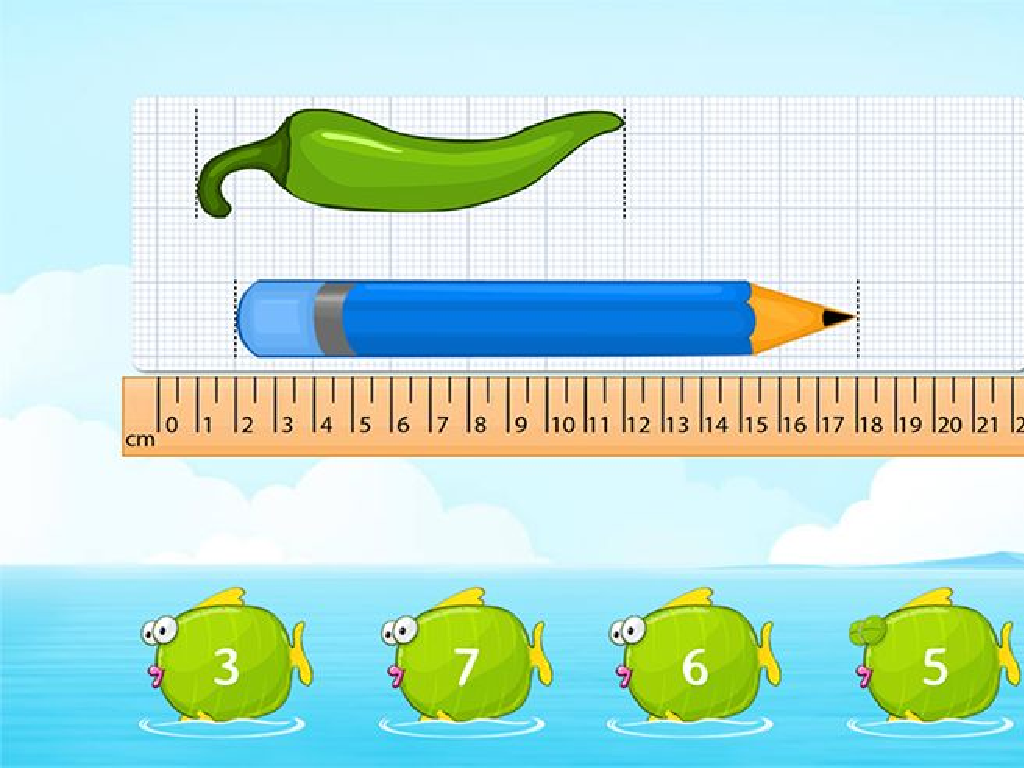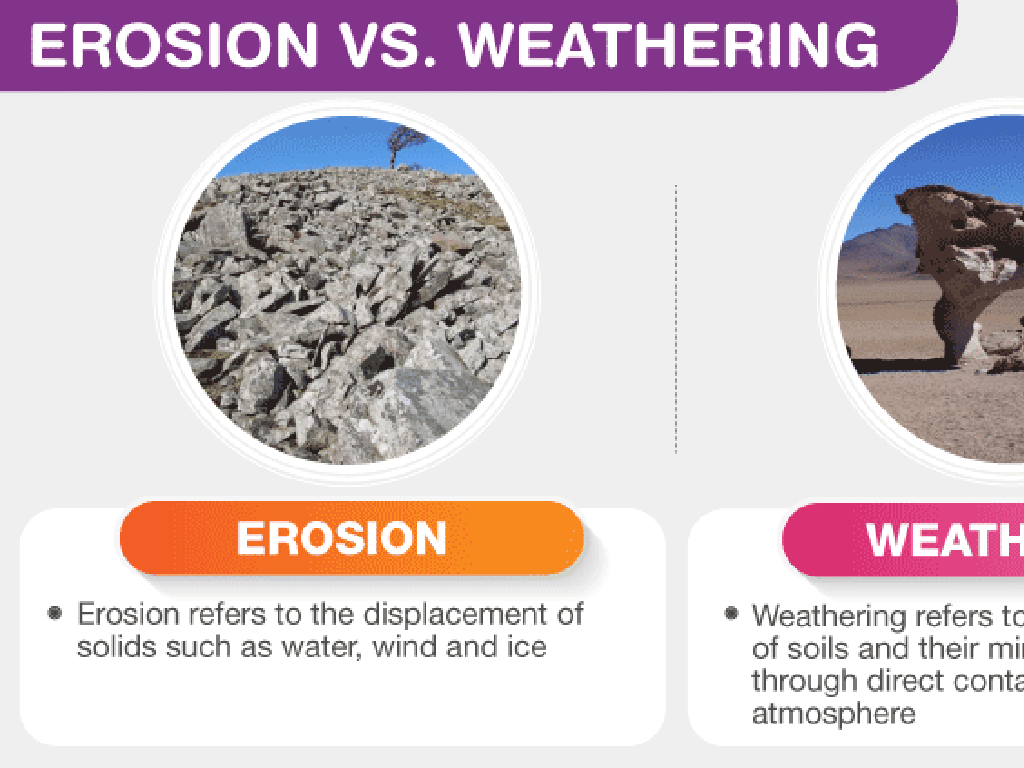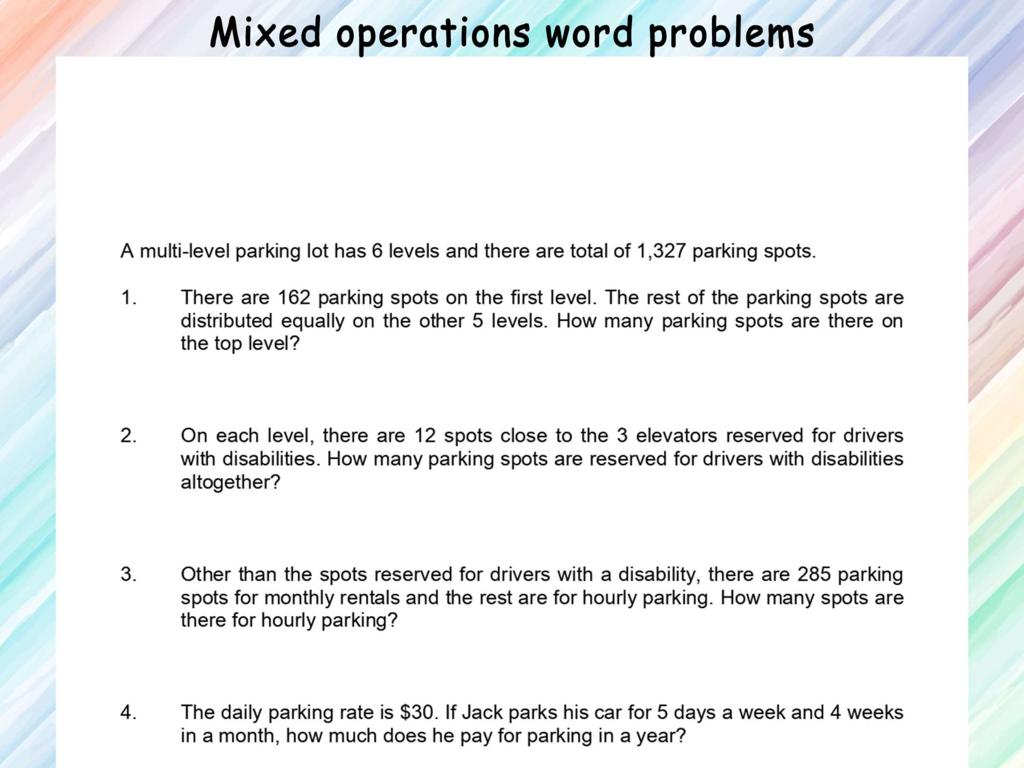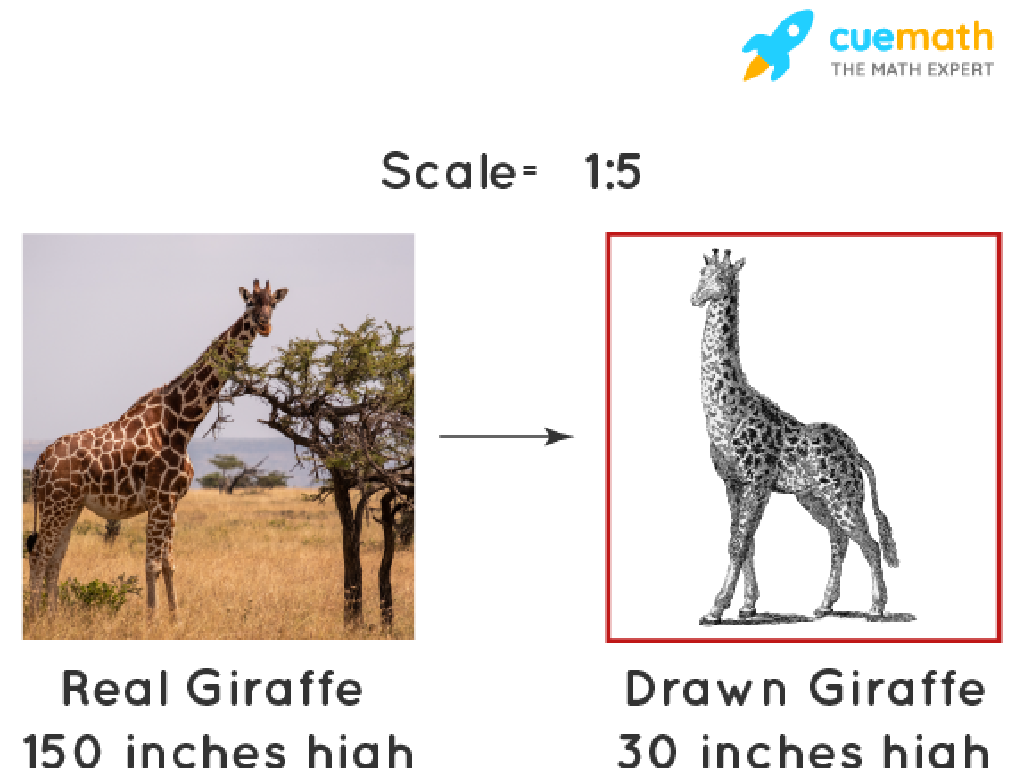Compare Properties Of Objects
Subject: Science
Grade: Third grade
Topic: Materials
Please LOG IN to download the presentation. Access is available to registered users only.
View More Content
Welcome to Materials Science!
– Learn about different materials
– Compare objects’ properties
– Look at color, shape, size, and texture
– Become junior materials scientists
– Exciting exploration ahead
– We’ll do fun activities to learn!
|
This slide is designed to introduce third-grade students to the exciting world of materials science. Start by explaining that everything around us is made of different materials, each with unique properties. Encourage the students to think about the everyday objects they use and what materials they are made from. Explain that by comparing properties like color, shape, size, and texture, they can learn to identify and categorize different materials. Emphasize that they will be acting as junior materials scientists, engaging in activities that will help them understand these concepts better. The goal is to spark curiosity and prepare them for hands-on exploration in the world of materials.
Exploring Materials and Their Properties
– Understanding materials
– Materials are substances objects are made from.
– Common materials we use
– Examples: metal, wood, plastic, glass, fabric.
– Unique properties of materials
– Properties like hardness, flexibility, or transparency.
– Comparing different materials
|
This slide introduces the concept of materials in everyday objects to third-grade students. Begin by explaining that everything around us is made from different materials, and these materials are chosen because of their special properties. Discuss common materials such as metal, wood, plastic, glass, and fabric, and ask students to identify objects around the classroom made from these materials. Highlight that each material has unique properties that make it suitable for certain uses, like metal being hard and strong for construction, or fabric being flexible for clothing. Encourage students to think about why certain materials are used for specific objects and how their properties make them the right choice. This will set the foundation for comparing the properties of different materials in subsequent lessons.
Exploring Material Properties
– What are properties?
– Properties are characteristics like color, texture, and more.
– Observing color and texture
– Notice how some materials are shiny or dull, rough or smooth.
– Testing hardness
– Find out which materials are hard or soft by touching.
– Examining flexibility
– See which materials can bend without breaking.
|
This slide introduces the concept of properties of materials to third-grade students. Begin by explaining that properties are the qualities or characteristics that help us identify and classify materials. Use everyday objects to demonstrate properties such as color and texture, and engage the students by asking them to describe objects they are familiar with. For hardness, provide examples of hard materials like a rock and soft materials like a sponge. For flexibility, show them objects that can bend, like a rubber band, versus those that can’t, like a piece of wood. Encourage the students to touch and interact with materials to understand these properties better. The goal is to make them observe and think about the materials around them in a scientific way.
Comparing Hardness of Materials
– Understanding hardness
– Hardness measures how solid something is.
– Comparing a rock and a sponge
– Rocks are very hard, sponges are very soft.
– Identifying hard and soft objects
– Think of more examples from home or school.
– Class activity: Find hard or soft items
|
This slide introduces the concept of hardness as a property of materials. Explain that hardness determines how solid and firm an object is, which affects how it can be used. Use the comparison between a rock and a sponge to illustrate the concept clearly, as these are familiar items to the students. Encourage the children to think of other objects they encounter daily that are hard or soft, and why that might be important. For the class activity, ask students to bring or find items around the classroom that are hard or soft and discuss why they fit into each category. This will help them apply the concept of hardness to real-world objects and understand its relevance.
Comparing Flexibility of Materials
– What is flexibility?
– Flexibility means bending without breaking.
– Examples: Ruler vs. Stick
– A bendable ruler can be flexed; a stick is stiff and rigid.
– Classroom flexibility test
– Let’s find items we can bend and twist to see if they’re flexible.
– Observing bending & twisting
|
This slide introduces the concept of flexibility as a property of materials. Start by explaining that flexibility is the ability of an object to bend without breaking, which is an important property for many everyday items. Use a bendable ruler and a stick as contrasting examples to show flexibility versus rigidity. Then, engage the students in a hands-on activity where they can test the flexibility of various classroom items. Encourage them to gently bend and twist objects to observe which materials are flexible. This activity will help them understand the concept of flexibility and how it can be observed in different materials. Make sure to supervise the activity to ensure safety and that the items being tested are appropriate for bending.
Activity Time: Material Hunt
– Let’s go on a material hunt
– Find objects of various materials
– Look for wood, plastic, metal, or fabric items
– Bring items to the ‘Materials Station’
– We’ll compare properties together
– Discuss texture, flexibility, and use
|
This activity is designed to help students explore and understand the different properties of materials by engaging in a hands-on material hunt around the classroom. Encourage the students to find objects made of various materials such as wood, plastic, metal, or fabric. Once they have collected the items, they should bring them to a designated ‘Materials Station’ for further investigation. As a class, discuss the properties of each material, focusing on characteristics such as texture, flexibility, and the uses of each material in everyday life. Provide guidance and ensure that each student participates in the discussion. This will help them to practically apply their knowledge of materials and their properties, fostering a deeper understanding of the topic.
Class Discussion: Object Properties
– Discuss object properties
– Talk about color, shape, texture, and size
– Purpose of material use
– Why is glass used for windows?
– Suitability of properties
– How does flexibility relate to use?
– Examples of material use
– Rubber in tires, metal in tools
|
This slide is meant to facilitate a class discussion on the properties of objects and the materials they are made from. Encourage students to think about the color, shape, texture, and size of the objects they’ve found and how these properties relate to the object’s use. Ask them to consider why certain materials are chosen for specific objects, like glass for windows or metal for tools, and how the properties of these materials make them suitable for their intended purpose. For example, rubber is used in tires due to its grip and flexibility. The discussion should help students understand the relationship between an object’s properties and its material composition in the context of its practical application.
Wrapping Up: Material Properties
– Congrats, junior scientists!
– Comparing material properties
– We looked at color, hardness, texture, and more.
– Each property has a purpose
– Think about why glass is used for windows and not wood.
– Remember what we learned!
|
Great work today, students! You’ve taken a big step in understanding the world of materials and their properties. By comparing different materials, you’ve learned that properties like color, hardness, and texture determine how we use each material in our daily lives. It’s important to remember these lessons as they help us choose the right material for the right job, like using transparent glass for windows to let light in. Keep observing the materials around you and think about why they are used in certain ways. Well done, and keep exploring!
Class Activity: Material Match-Up
– Understand material properties
– Match properties to materials
– Engage in ‘Material Match-Up’ game
– Use cards to connect properties like ‘hardness’ with materials like ‘steel’.
– Ready, set, go!
|
This interactive class activity is designed to help students learn about the properties of different materials in a fun and engaging way. Prepare cards in advance with various material properties written on them, such as ‘transparent’, ‘flexible’, ‘waterproof’, and ‘hard’. Also, prepare cards with names or pictures of materials like ‘glass’, ‘rubber’, ‘plastic’, and ‘metal’. Students will match the property cards with the correct material cards. This activity will reinforce their understanding of the characteristics of materials and how they are used in everyday objects. Possible variations of the activity could include grouping materials based on their properties, discussing why certain materials are used for specific purposes, or even a timed challenge to see which group can make the most correct matches.






